Every runner wants to run farther and faster while minimizing aches and pains, from experienced sprinters and marathon runners to those embarking on their first C25Ks. Running form plays a significant role in speed, endurance, and injury risk – and posture is the core of running form.
If you want better performance, you need better running form, and that means you need better running posture. Here’s how to improve your running form with correct running posture, complete with expert insights from a chiropractor and a world-renowned running coach.
Contents
- Why Proper Running Posture is Important
- What is Good Running Posture?
- How to Attain Good Running Posture
Why Proper Running Posture is Important
Posture is central to running form, as it affects every part of your movement – gait, foot strike, and arm swing – and therefore has a direct influence on performance and injury risk.
Good running posture benefits include:
- Faster speed
- Greater endurance
- Decreased fatigue, increased efficiency, and less wasted energy
- Increased power
- Reduced risk of injury
“Proper posture leads to better efficiency as well as power. With proper practice, there is no wasted motion or motion that creates dysfunction that can lead to injury. For example, when a runner swings their arms across their body, there is a compensatory crossing of the legs, which can increase incorrect biomechanics,” says renowned running coach and McMillan Running founder Greg McMillan, a National Trail Marathon Masters Champion who trains Olympians and Boston Marathon Qualifiers as well as new and age group runners. “And because there is no wasted motion, more power can be generated as all movements go toward moving the body forward. Runners can also sprint faster at the end of races when using proper running form.”
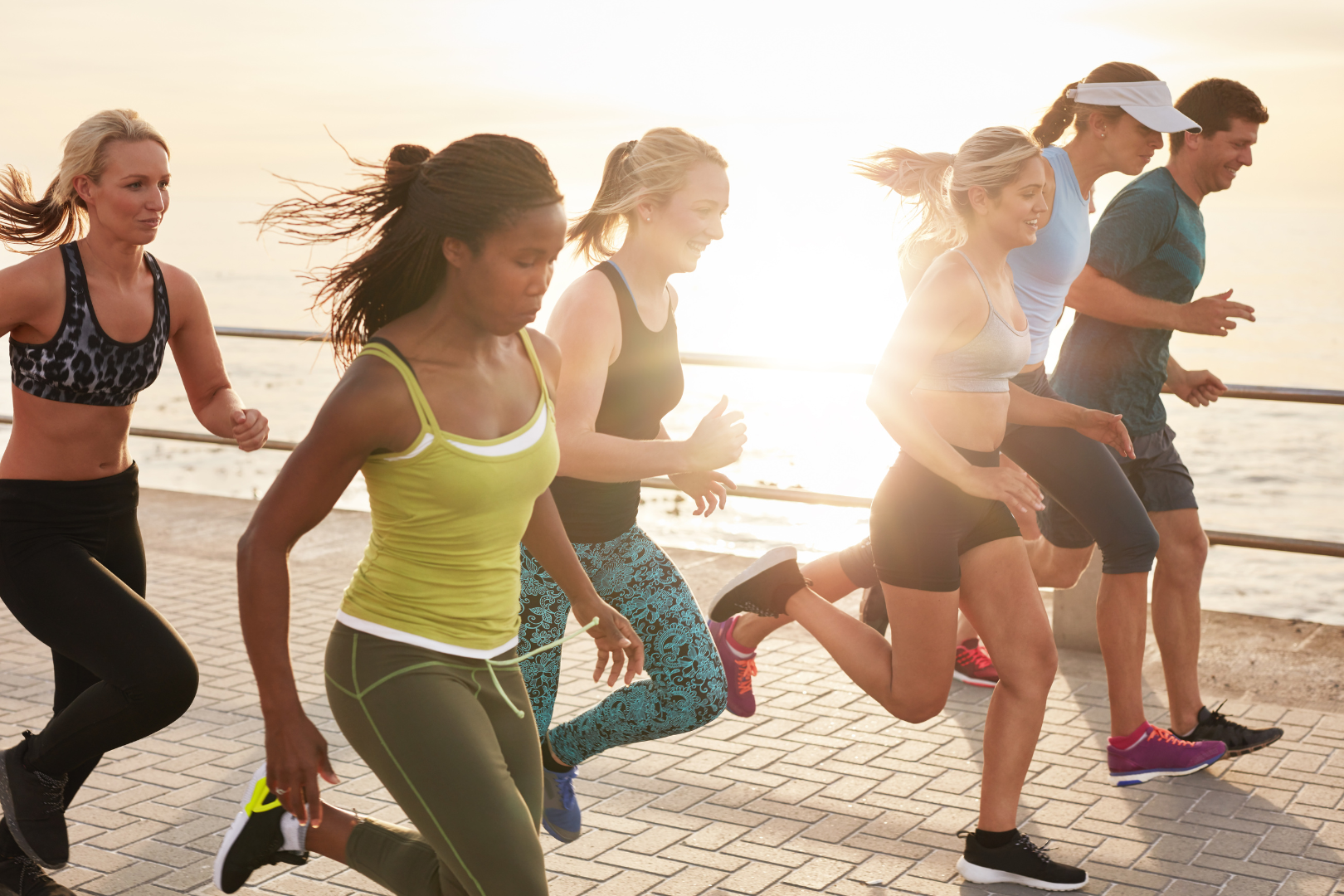
Dr. Brandon Mondor, DC, a chiropractor at McCabe Chiropractic & Wellness Center in Hudson, Wisconsin, says that proper running posture also contributes to athletic longevity.
“The benefits of proper running posture are less fatigue and less wasted energy. Other benefits will be less stress on the body, resulting in decreased chance of injury and pain,” Dr. Mondor says. “This allows the runner to continue running for years to come, well into their older ages.”
Indeed, studies have proven that better posture can improve running performance, impacting both energy efficiency and speed.
Dr. Mondor adds that proper running posture also reduces fatigue by allowing runners to open their chests.
“More oxygen can be taken in and breathed out, allowing for more and longer energy transfer through the body to the active muscles,” he says.
How to Have Good Posture: Doctor-Approved Tips
Disadvantages of Poor Running Posture
Conversely, bad running posture has a negative impact on performance and can even be dangerous. Disadvantages of improper running posture include:
- Poor performance
- Fatigue
- Injuries
For competitive runners, posture can be the difference between winning and losing close races.
“Poor posture is inefficient and rife with wasted motion,” says McMillan. “Since running is all about putting resources to going faster across a race, wasted motion is a real performance killer.”
Running is a repetitive motion sport, which means poor posture can get ingrained into neuromuscular memory quickly.
“Any dysfunction in biomechanics is then repeated over and over, which can lead to injury. Running injuries develop slowly so the runner doesn’t realize an injury is imminent until they feel pain, but the repeated dysfunction was to blame,” explains McMillan. “Lowering injury risk is a big part of a long and successful running career. Improving posture is one way to help with that.”

Poor running posture can cause injuries to your:
- Neck
- Shoulders
- Back
- Hips
- Knees
- Shins
- Ankles
- Feet
Over time, poor running posture can even cause long-term health problems and chronic pain.
Ice or Heat for Back Pain: Which Works Best?
“Your body is taking a tremendous amount of stress, and if you have poor posture, whatever part of your body isn’t in proper form is likely to get injured over time,” says Dr. Mondor. “Some short-term injury risks could be calluses on the feet, achy shoulders, hips, and knees, sore neck, or pain in the shins. Some long-term injury risks associated with poor running posture could include stress fractures in the feet or hips, bursitis in the knees or shoulders, or tendonitis.”
5 Types of Posture Problems & How to Fix Your Posture
What is Good Running Posture?
The best running posture depends on multiple factors, including body type, distance, and physical limitations; however, the following tips generally apply to most runners whether you’re jogging, distance running, sprinting, or running on a treadmill:
- Head up and in a neutral position, not looking down (set your gaze 10 to 20 feet in front of you)
- Shoulders comfortably back with shoulder blades slightly squeezed together
- Chest expanded and spine straight (don’t hunch forward or arch your back)
- Proper body alignment: head above shoulders, shoulders above hips, hips above knees and ankles
- Slight forward lean from the ankles
“Good running posture is a stable yet relaxed upright posture where the ankles, knees, hips, and shoulders are all aligned, and there is a slight forward lean from the ankles,” says McMillan. “My common cue is ‘run tall,’ and that usually shows runners what good posture is.”
McMillan provided the following image, which depicts Olympian and McMillanRunning.com coach Andrew Lemoncello demonstrating proper running posture (learn more about how posture contributes to running form here).
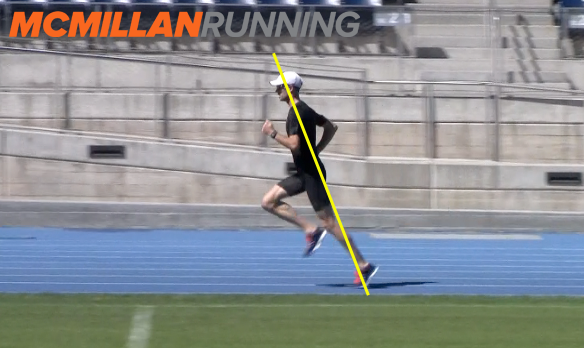
10 Best Posture Apps to Analyze & Improve Your Posture
How to Attain Good Running Posture
The best way to achieve good running posture is to first understand what it looks like, then practice it consistently until it’s part of your natural running form.
Practice Proper Running Posture
“Better posture comes through practice. Even my Olympians always worked on posture and running form,” says McMillan, who recommends the following four tips:
- Stand in front of a mirror and get into what you feel is perfect posture. Study yourself from the front and back. Does it look correct?
- Take a video of yourself running at slow and fast speeds. How is your form? What should you focus on to achieve better posture?
- Focus on practicing perfect posture every 5 to 10 minutes during your runs. Over time, better posture will become the norm
- Form practice with running drills can also help
In addition, Dr. Mondor suggests asking a professional to observe you running in person or by recording yourself running on a treadmill and sending the video for analysis.
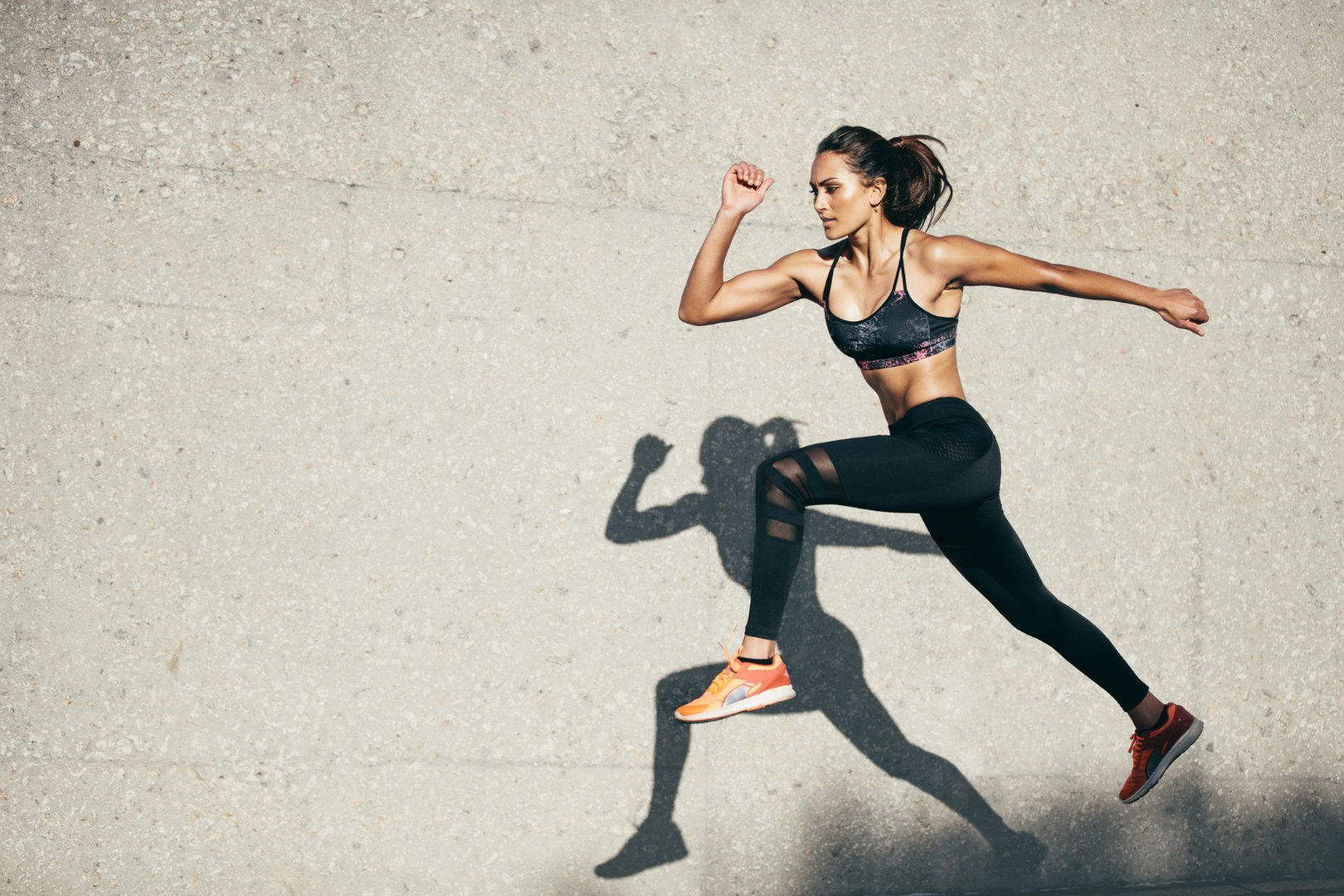
Posture Correctors
Posture correctors can help runners find and learn to maintain good running posture.
“A great way to attain proper running posture is by wearing a posture corrector. This will get your shoulders back and open up your chest, allowing for better breathing while running,” says Dr. Mondor.
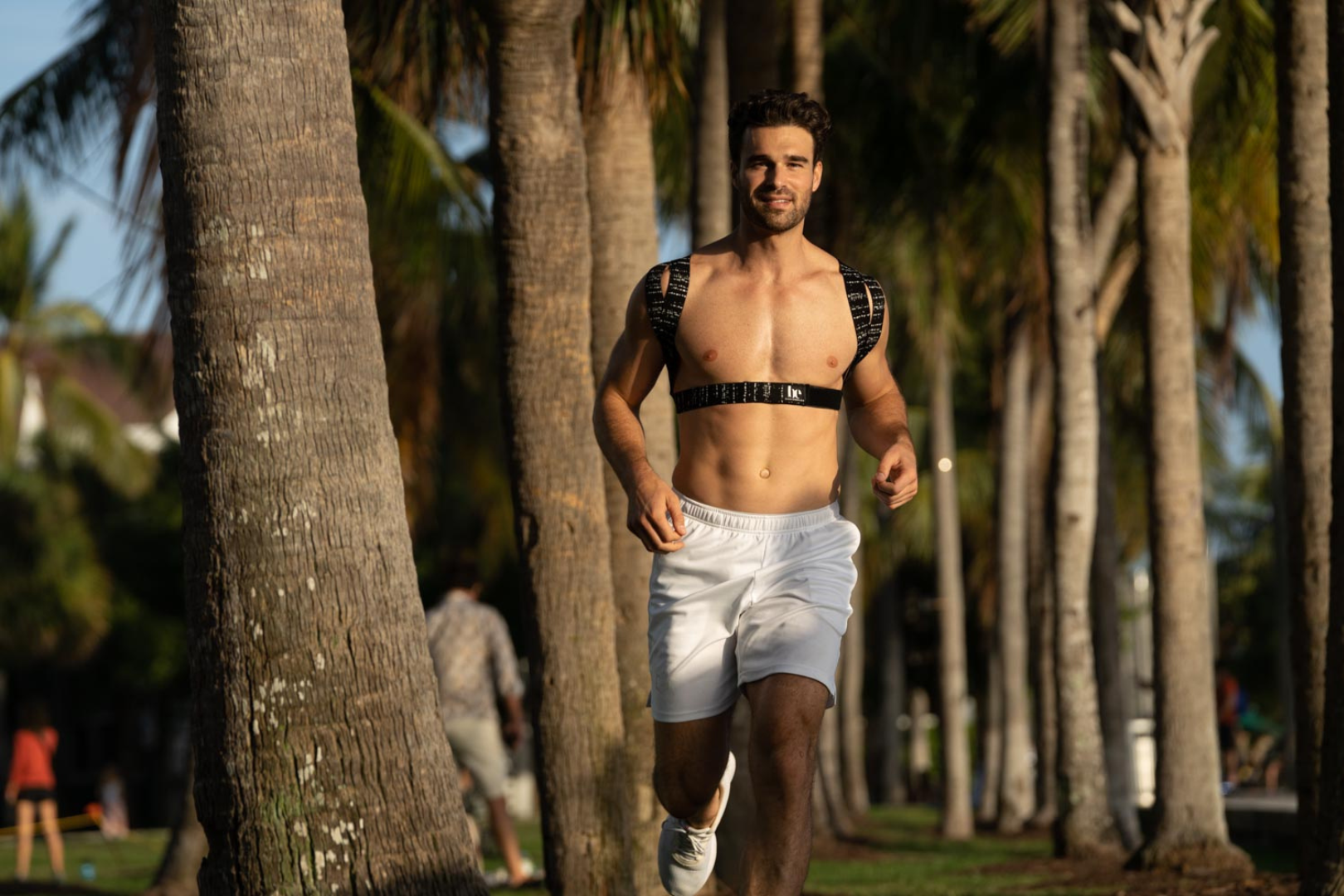
Do Posture Correctors Work? Here’s What Back Doctors Say
They work in two ways:
- Actively: Posture correctors gently retract your shoulder blades to guide you to stand straight with proper posture
- Passively: They also serve as physiological reminders, strengthening muscle memory so that, over time, you no longer need the corrector
“Posture correctors are great for introducing proper running form,” says Dr. Mondor. “Understanding what proper form feels like will help people create muscle memory so over time their body knows what position to be in, and they can eventually run without the corrector and engage their muscles naturally.”
You can even wear some posture correctors while running, making it easy to adopt good posture during your workouts. They can also help runners overcome bad postural habits such as forward head posture and slouching caused by sitting on computers and interacting with our phones.
Posture Corrector Stories: Before & After
“This poor posture slowly becomes your ‘normal’ posture and bleeds into your other activities like running,” explains McMillan. “Slouching is not conductive to proper running form, so corrective methods can work very well for runners as they get the feel for what proper posture is. Posture correctors can help the runner feel what proper posture is.”
Posture Corrector FAQs: Top Questions Answered
The best posture correctors for running are durable and strong enough to guide you into position, yet lightweight, comfortable, and stylish enough to wear over or under your running clothes. Look for a running posture corrector recommended by doctors, so you know it’s safe and effective.
Posture Devices Compared: Plus Chiropractor Tips for Using Them
Exercises and Stretches
Exercises and stretches can help you build the strength and flexibility to improve your overall posture, which in turn improves your running posture.
20 Best Posture Stretches, Recommended by Posture Pros
“Strengthening your core, glutes, quads, and hamstrings will help reduce fatigue, which can lead to poor posture as the body gets tired. Stretching the shoulders, neck, back, and lower body before running is critical for getting your body ready to get into proper running posture,” says Dr. Mondor.
Exercises for Running Posture
Shoulder Blade Squeeze
Glute Exercises
Quad Exercises
Upper Body Exercises
Chiropractors, Physical Therapists, and Running Coaches
If you’re unable to achieve proper running posture on your own, you’re unsure how to start, or you just want guidance to maximize your performance, it’s a good idea to consult professionals.
Chiropractors like Dr. Mondor and running coaches like McMillan specialize in helping athletes get the most out of their body mechanics while minimizing injury risk.
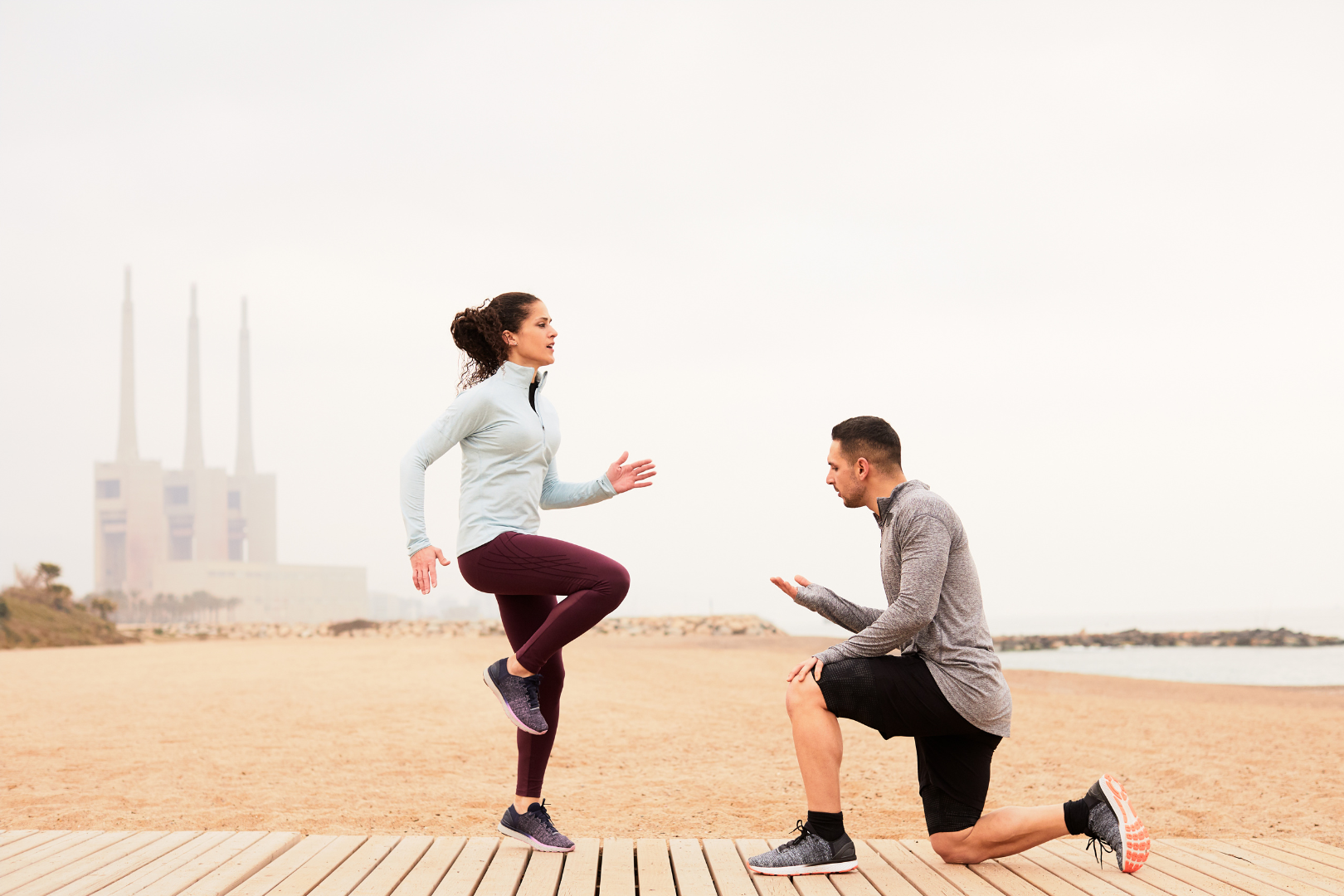
“Seeing a chiropractor is also a great way to keep the whole body in proper form and make sure everything is aligned and muscles are functioning to the best of their ability,” says Dr. Mondor. “This can not only lead to better performance, but quicker recovery times between runs and less chance for injury.”
Correct running posture is essential to proper running form, which in turn is integral to optimal performance. Follow the tips outlined here to improve your running posture on your quest for a new personal record.




